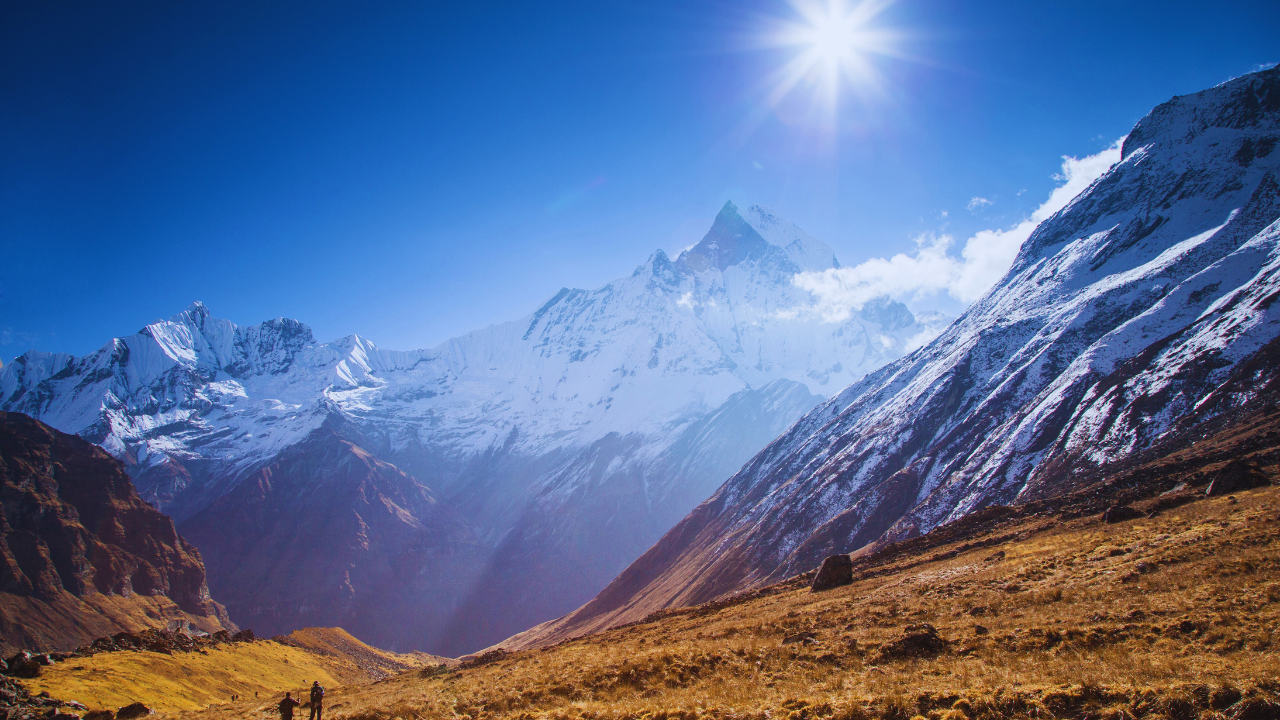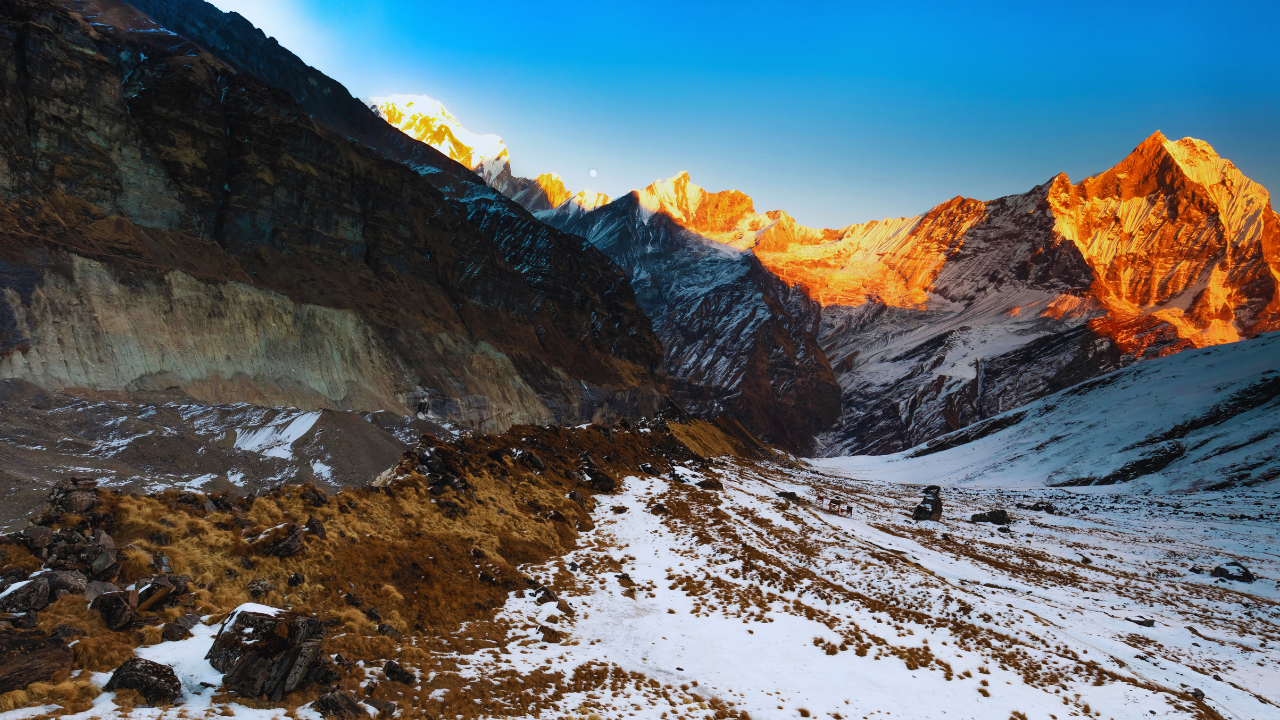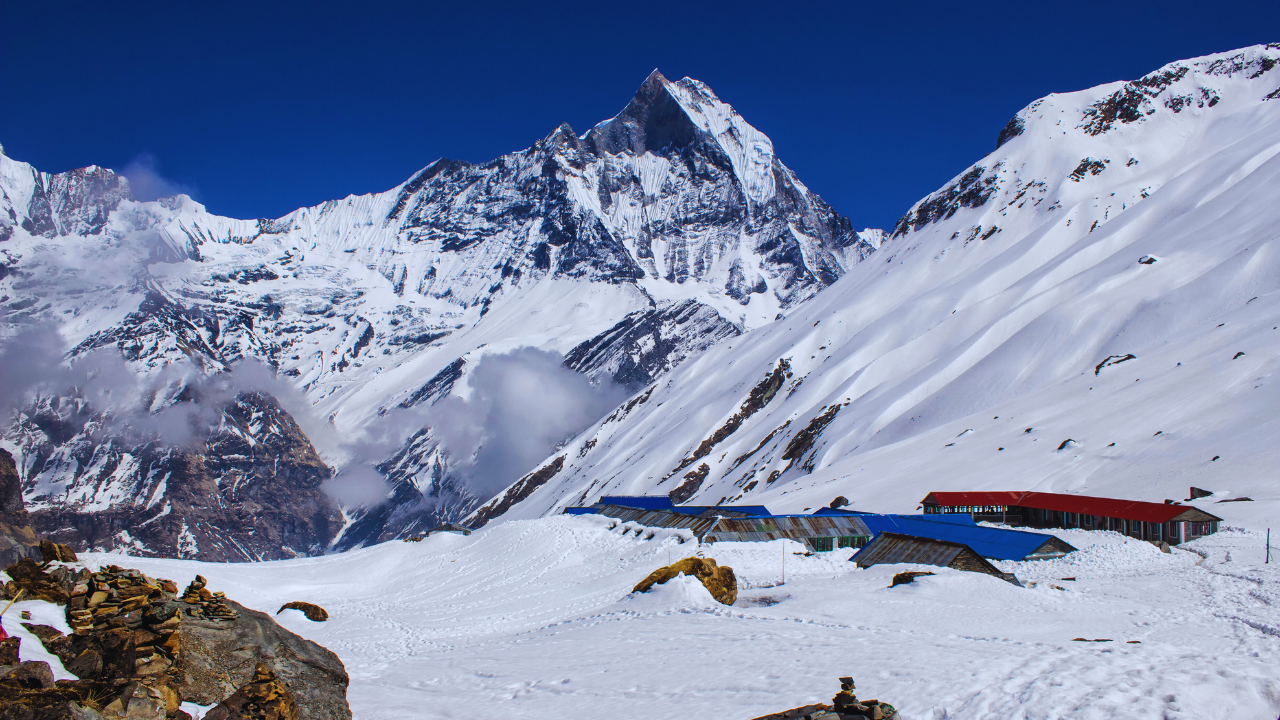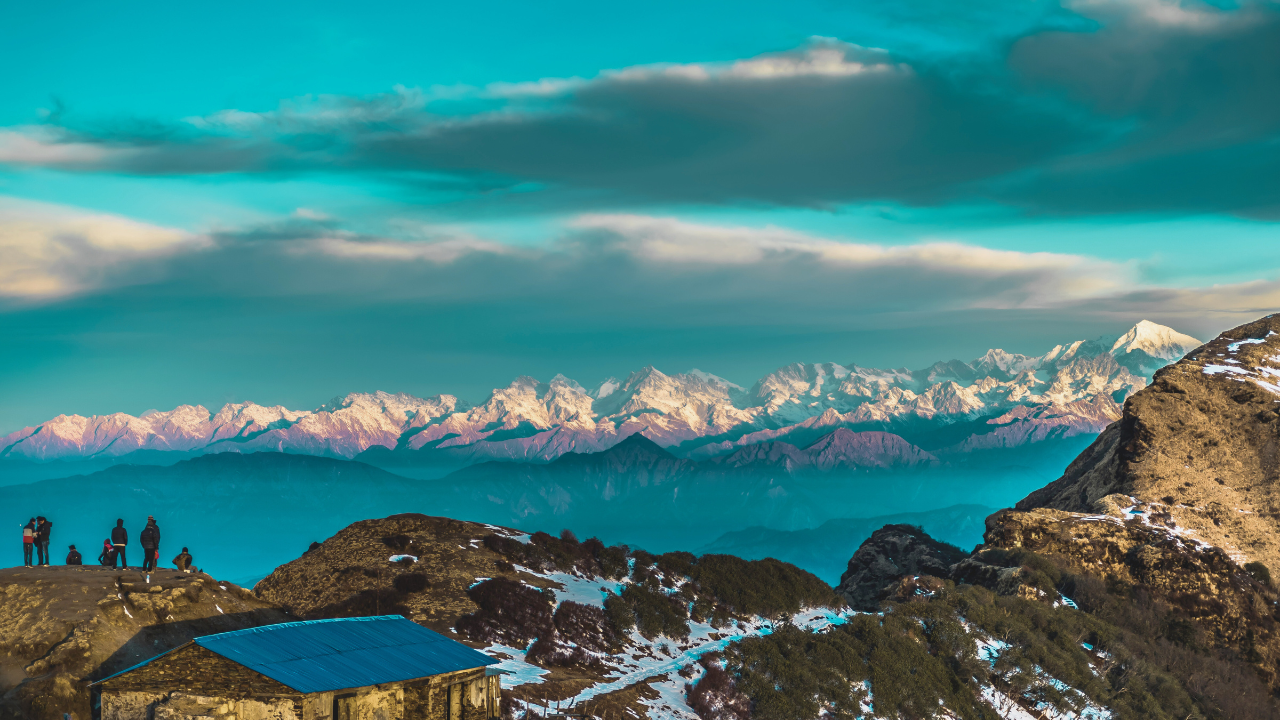When planning a trip to India, the famed Golden Triangle route naturally captures attention. Covering three iconic destinations, it promises an efficient introduction to the diversity of Northern India. However, for those wanting to fully immerse themselves, there may be value in exploring off-beaten paths too.
This classic itinerary looping Delhi, Agra and Jaipur has long enticed travellers with its convenience. Having transportation, accommodations and sightseeing arranged must seem appealing given the challenges of travel in India. Visiting renowned sites like the Taj Mahal, Red Fort and Hawa Mahal efficiently over 5-7 days also makes sense for those short on time.
But is it really worth taking the time to visit these three iconic places? Many tourists feel a rushed rotation leaves them only scratching the surface rather than truly understanding each destination's intricacies. Here's a closer look at the pros and cons of experiencing the Golden Triangle route.
When planning international travel, ease of logistics is important. And for efficiency, it's hard to beat the Golden Triangle circuit.
By choosing an established travel agency like Doko Tours, guests don't have to worry about transportation between cities. Luxury coaches or cars take groups comfortably from place to place on scheduled departure dates. No time is wasted sorting public transit options or navigating unfamiliar systems.
Quality hotels are selected to minimise hassles at each destination. Locations balance proximity to sites with peaceful nights away from noise. Some even use heritage properties for an immersive cultural experience. Luggage transport reduces physical and mental loads.
Packed itineraries efficiently cover top attractions. Expert local guides provide valuable background, saving hours of independent research. Admission costs, authorised photos and videos are pre-paid for seamless sightseeing.
For busy travellers and families, such conveniences are very useful. Hours saved can be spent soaking up rich environments rather than stressful planning. In a short timeframe, this touring maximises exposure across famous north Indian locales.
The Golden Triangle tour hits three very unique cities. Delhi is a bustling modern capital with a rich historical past. In Old Delhi you can get lost in the lively bazaars and markets, seeing lively street scenes. New Delhi shows India's more recent development with sites like India Gate. Make time at the Red Fort to understand Delhi's long history.
In Agra, the main attraction is undoubtedly the Taj Mahal. This iconic white marble mausoleum is truly a sight to behold - photos don't do it justice. Be sure to check out intricate details within its walls. Also visit Agra Fort nearby to learn more context. Grab street snacks from vendors while admiring the Taj's beautiful reflections at sunset.
Jaipur has a completely different vibe as the "Pink City". At the colourful Amber Fort, hallways are adorned with intricate carvings and mosaics telling tales. Experience royal Rajasthani culture at places like City Palace and Jantar Mantar Observatory. Browse fabrics and goods at buzzing markets like Johari Bazaar. In the evenings, enjoy traditional Rajasthani cuisine and watch cultural performances.
Each city leaves travellers with a unique impression of North India. From lively streets to royal palaces and world heritage sites, there are diverse sights, cultural activities, and cuisine to discover across the Golden Triangle route. The variety ensures the short tour stays interesting and gives a well-rounded introduction to this region.
When weighing the value offered by a Golden Triangle tour, one can't ignore the affordability aspect. With costs bundled together, it provides sightseeing that would otherwise require significantly more money if arranged independently.
Guesthouses, hotels and heritage hotels in major Indian cities don't come cheap, especially those within prime locations close to attractions. Multi-day packages take the guesswork out of booking each night, securing comfortable rooms in centrally located properties. Tour prices also leverage group buying power to lower room rates.
Cabs, rail tickets and domestic flights all add up quickly if coordinating transportation separately. Well-planned itineraries by tour companies simplify door-to-door transfers between destinations via private vehicles. Travellers can then focus on enjoying the scenery rather than transport logistics.
Hiring licensed guides individually would be pricey, yet group tours allocate this expertise affordably. Insider perspectives bring history to life versus self-guided smartphone tours. Entrance fees and permits for popular sites are also included, avoiding long ticket lines.
Experiencing diverse regional cuisine authentically is best, but daily meal expenses rack up touring on one's own. Packaged trips budget tasty local breakfasts, lunches and dinners to keep energy levels high.
Considering the cost savings across the board, the value from multi-day Golden Triangle itineraries far outweighs efforts coordinating each component solo within tight timeframes. It opens India’s rich heritage affordably to global explorers.
The classic Delhi-Agra-Jaipur route has been well-trodden for decades, which has both benefits and drawbacks. On one hand, following the established itinerary means predictable scheduling and stress-free planning. But the downside is that the familiarity breeds repetition.
Travellers usually get herded around on packed group tours with not much flexibility. Each day is tightly scheduled with limited time at mainstream spots. Guides stick closely to their speech rather than adapting to the interests of the tourists. Visitors feel more like passengers going through the motions rather than active explorers.
The packaged experience also doesn't leave room for unforeseen discoveries. Spending brief time in each city doesn't allow absorption of the local culture beyond surface level. Dining and shopping are mostly restricted to commercially oriented venues used to big tour groups.
This lack of personalization takes away chances to form unique connections. The story told to one group is hardly different than what was told on the last trip. Travellers miss out on stepping off the beaten path and having their own adventures outside the standardised itinerary.
All in all, the Golden Triangle circuit provides an efficient orientation to North India rich with iconic attractions.
For travellers with constraints who want to make the most of a short timeframe, it offers unbeatable convenience relative to the cost.
However, those seeking unique immersion or a less package-tour experience may feel it better to explore destinations individually or add extensions to delve deeper.















































Comments